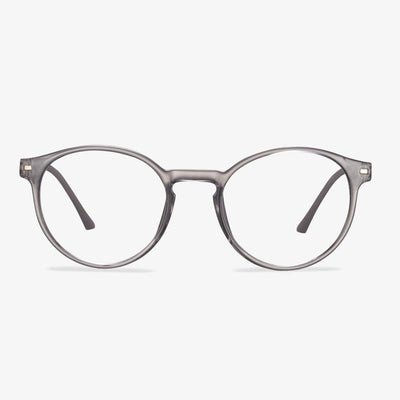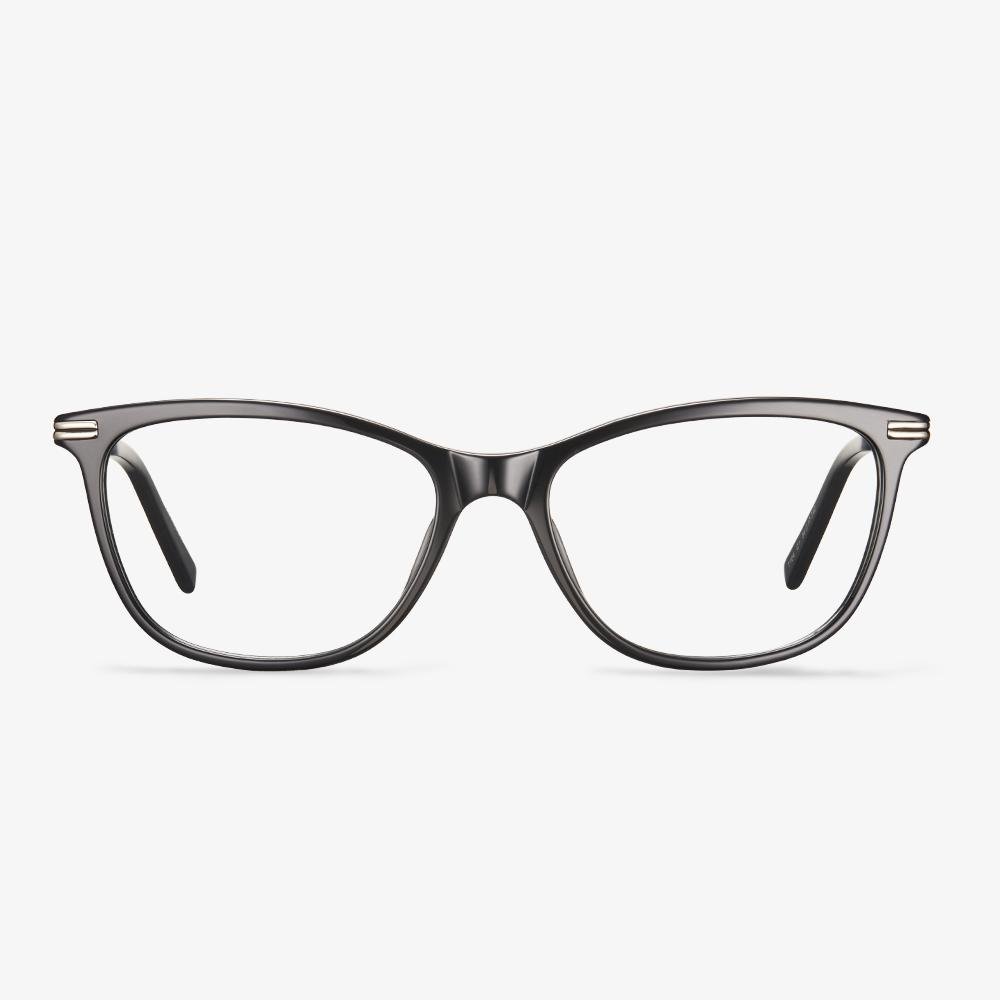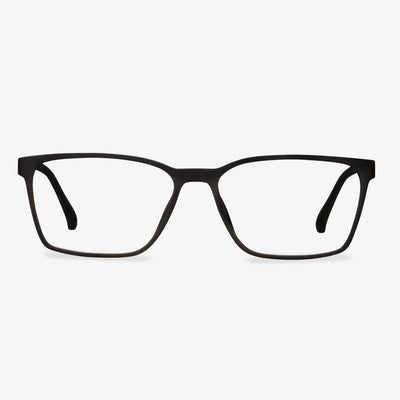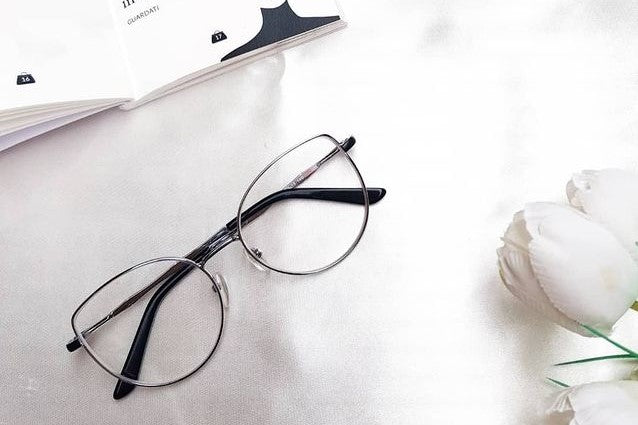Packing charge
The most popular scratch-resistant coating packing is about $30.Nikon Eyes Advanced includes stain-proof and water-resistant coatings, plus high-definition digital lenses, and a two-year limited coating warranty, and the price is about $120.Nikon Eyes Customized includes all the benefits of the Nikon Eyes Advanced package, plus thinner and lighter lenses, with the price of about $150. If you opt for standard shipping, your new glasses will arrive in about a week, but you can filter out second-day delivery, two days delivery, or free pick up today.
Why are rimless glasses so expensive?
Rimless glasses are the design vantage point in the frame of glasses. The structure of rimless glasses requires many higher physical features (flexibility, surface texture, etc.) and machining accuracy than TR, PEI, and other materials. In order to ensure comfortable wear, the common materials are very exquisite. And for processing technology, the frame is the most difficult. It's not just grinding, it's a full polishing, and it's perforating. This is the technical demand and the most time-consuming.
Each type of store has its own characteristics.
Nowadays, the optical stores in the market can be roughly divided into professional optometry and optical matching stores, fast fashion stores, brand flagship stores, and stores in shopping malls. The benefits of fast fashion optical stores are fast commodity update frequency, and they follow the fashion trend, which can bring consumers quite more choices. The size of fast fashion optical stores is usually not large, so they will use an open showcase design. The color collocation should be able to catch the attention of consumers, to attract customers to make self-service selection and experience.
Does blue light cause damage to the eyes?
Businesses often associate blue light with mobile phones and computers that everyone frequently touches. There are also many terrible explanations about blue light on the Internet, ranging from causing damage to the eyes to causing cancer. Therefore, in recent years, mass media and academic circles have caused heated discussions about the possible impact of blue light on eye health.
It is believed that the reason why blue light harms the eyes is that blue light is not like ultraviolet light which is absorbed by the cornea and lens so that it cannot reach the retina. Blue light can reach the retina through the refractive medium of the eye, and over time it will cause the aging and functional degradation of the retina. But in fact, the eyes have many protection mechanisms in the process of evolution, such as squinting, pupil contraction, lutein contained in the macula of the retina, the anti-oxidant repair mechanism of the retina, etc., which can protect our eyes from the damage of blue light. Also, after scientific testing, the blue light emitted by electronic products is a few percent of the intensity of blue light in natural light, which means that as long as the electronic products are not used continuously every day (for example, more than 8 hours a day), blue light will not be causes obvious damage to the eyes.
How to clean a new contact lens case?
Eyes are sensitive, so if the contact lens case is not clean, bacteria can infect the contact lens. Wearing such contact lenses, the health of the eye is very serious. You can't use a new contact lens case. Clean and disinfect your new contact lens case. When you buy a new contact lens case, use boiling water to scalding. With boiling water, you can clean the contact lens case, which can play the role of sterilization. Then soak it in a solution and use it to preserve your contact lens. Not only should the new contact case be disinfected and cleaned, but the contact case should be disinfected once a week, and the contact case should be replaced within three months.
Find the right size
The right glasses should sit comfortably on the bridge of the nose, not pressed against the forehead or cheeks. But they don't stay at the tip of the nose for so long that they slip while squinting or wrinkling your nose. The fit of the nose determines the distance between the glasses and the face. A proper fit should allow the lens to be between 14 and 24 millimeters away from the eyes. When you want to find glasses that fit, don't clip, don't slip, and don't lead to discomfort, you have to find out the size you need.
Types of aspheric lenses
There are two types of aspheric lenses: single aspheric surface (single aspheric surface for short, different from the outer aspheric surface and inner aspheric surface) and double aspheric surface (double aspheric surface for short). For the outer aspheric surface, convex is an aspheric surface and concave is a spherical surface. For the inner aspheric surface, a convex surface is a sphere, and a concave surface is an aspheric surface. In addition to correcting aberrations, the double aspheric lens also improves the effective field of vision compared to the single aspheric surface. When people's eyes look through the edge of the lens to see things, like driving when looking at the reflective mirror, it often affects vision because of the large aberration at the edge of the lens. Previous designs of aspheric plates have analyzed a single ray of light passing through the center of the pupil. Wavefront technology controls the entire beam of light passing through the pupil, eliminating high-order aberrations.











































